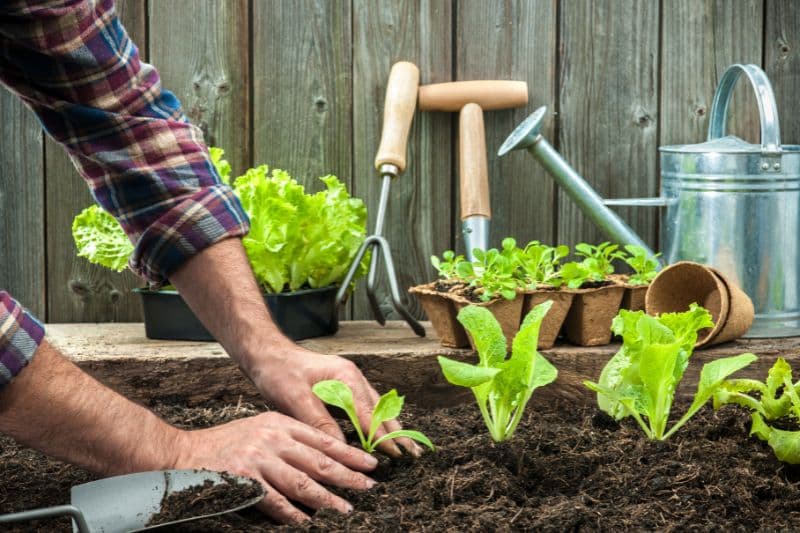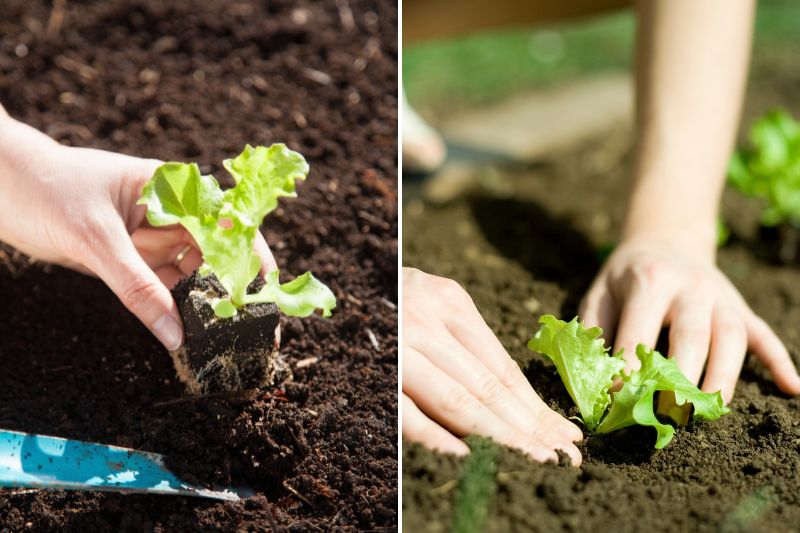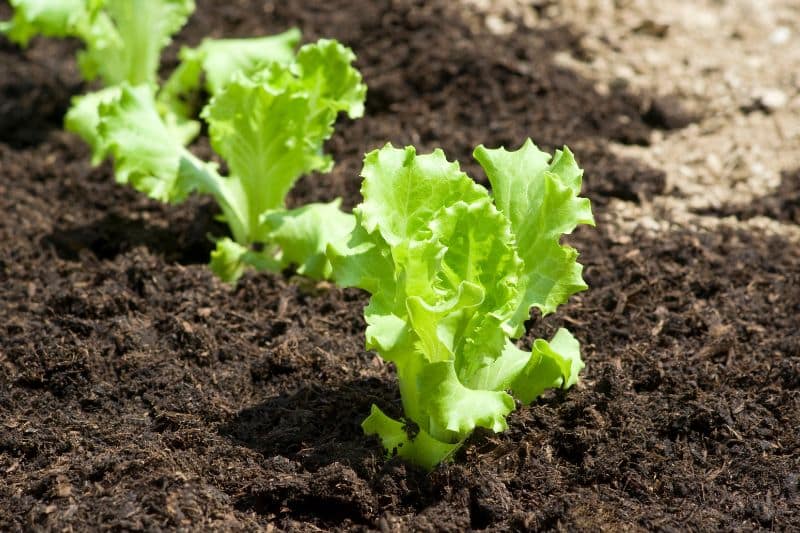Lettuce is a must-have in the vegetable garden: easy to grow, quick to harvest, and always appreciated in the kitchen. But to succeed in your cultivation, you first need to know when and how to plant (or rather transplant) lettuces in the garden, whether you've sown your lettuces yourself or bought young plants.
Discover all our tips for successful planting and transplanting of lettuces.
Why transplant lettuces?
Transplanting involves moving young lettuce plants (from commercial sources or from sowing) to their final location in the vegetable garden. This step allows you to:
- provide more space for each plant to grow well;
- promote deep and strong root development;
- reduce competition for water, light, and nutrients.
In short, transplanting gives your lettuces a real boost and increases your chances of obtaining well-formed and tasty heads, ready to join your plate in a few weeks.

When to plant or transplant lettuces?
The right time to transplant your lettuces depends on several factors: the season, the weather, and the growth stage of the plants.
Ideal periods for planting lettuces
- In spring: from mid-April, when the frosts have passed, you can plant in the garden. Opt for spring lettuces such as 'Reine de Mai' or 'Gotte Jaune d'Or', which are resistant to spring temperature variations.
- In summer: For autumn harvests, transplant between mid-July and early August. Choose summer lettuces like 'Batavia' or frisée endives, which tolerate summer heat better.
- In autumn: some hardy and cold-resistant varieties ('Merveille d'Hiver' or 'Val d'Orge') can be transplanted in September-October in the garden or under cover, for a winter or early spring harvest.
At what stage should lettuces be transplanted?
Count 3 to 4 weeks after sowing, when the young plants have:
- 3 to 4 true leaves (beyond the first two leaves called "cotyledons");
- a small, well-formed root system, easy to transplant without damaging.
Avoid transplanting plants that are too small or too fragile: they will have more difficulty establishing themselves.
Where to transplant lettuces?
Exposure
- Spring and autumn: in full sun, to promote good growth.
- Summer: prefer a location in partial shade during the hottest hours to prevent lettuces from bolting too quickly.
Soil quality
- Choose fresh soil (remaining slightly moist), loose, and well-drained: lettuces dislike excess water, drought, and compacted soil.
- Rich in organic matter: add well-rotted compost to improve soil structure and nourish the plants.
- Crop rotation: avoid planting lettuces in the same spot two years in a row to limit diseases.
Transplanting and planting lettuces in 5 simple steps
Here's how to transplant your lettuces easily, ensuring good establishment:
1. Prepare the soil: loosen the soil deeply, remove stones and weeds, then incorporate compost to enrich the soil.
2. Prepare the plants: water your lettuce plants to make potting easier. Remove them with their root ball, using a small trowel (or a fork for the smallest ones) or by hand. Handle them carefully to avoid damaging the roots.
3. Plant at the right depth: place each plant in a small hole. The collar (the base of the leaves) should remain at soil level, never buried. Lightly firm the soil around.

4. Space the plants: leave approximately 25 cm between each plant and between rows. This distance ensures good aeration and prevents the spread of diseases.

5. Water generously: water abundantly immediately after planting to moisten the roots well and promote rooting. In the following days, keep the soil slightly moist, but without excess, especially in case of heat or wind. Organic mulch (hay, straw, or wood chips) can help retain moisture.
Tips:
- Some gardeners cut half the leaves of young lettuces when planting. This results in more compact lettuces.
- In case of frost, protect your lettuces with a cloche or a large bottle (like an 8-litre water dispenser) with the bottom removed.
- In case of heatwave, shade your lettuces (an upturned wooden crate will do the job well).
































Comments